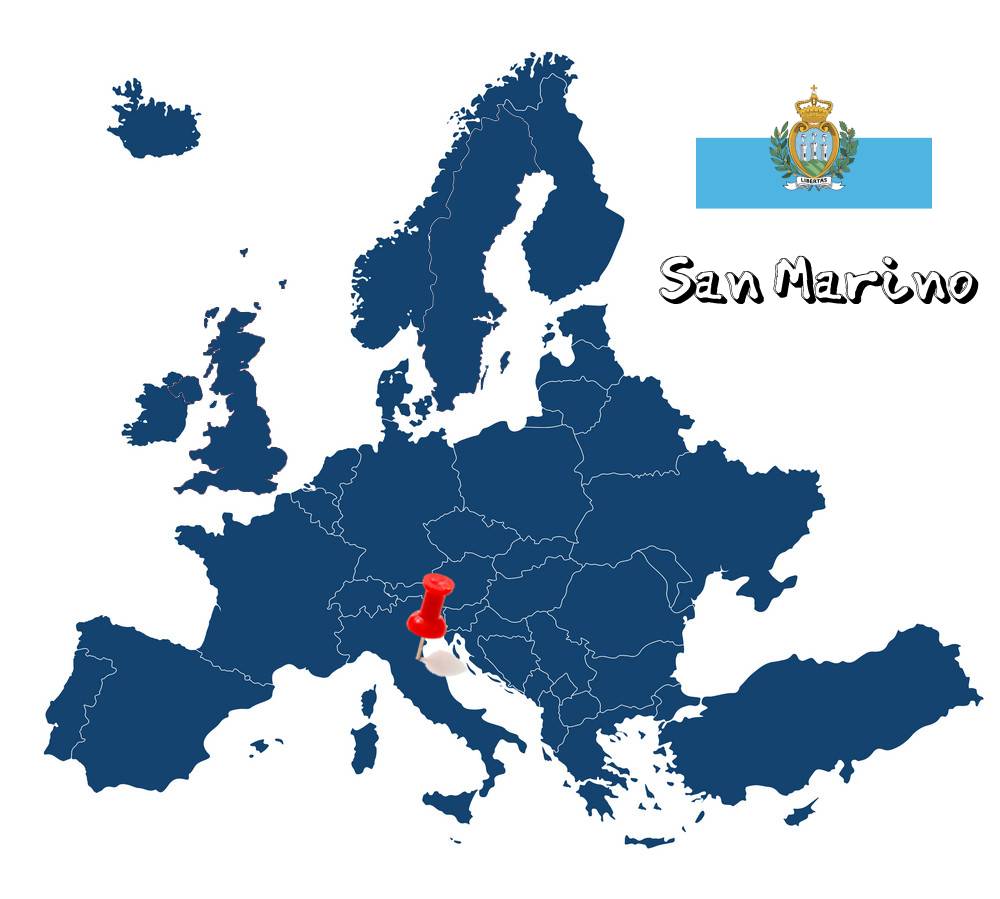
San Marino is one of the smallest states in the world and one of three in the world completely surrounded by another! Despite its size, it has a lot to offer to anyone who visits it. Natural beauty, medieval buildings, Renaissance style, Mediterranean air and delicious food are just some of the many reasons that should make you add San Marino to your travel list!
A few words about the country
San Marino is an enclosed microstate, surrounded by Italy. It is located on the central Italian peninsula, on the northeastern side of the Apennine Mountains and is often referred to as the oldest democratic state in the world. According to tradition, it was founded by Marinus of Rab, a Christian stonemason on 3 September of the year 301, when, trying to escape the persecution of Diocletian, he fled to the place where the state is today and erected a church. It is the fifth smallest state in the world, with an area of only 61.19 sq. km. and 33,812 permanent residents live there. So I have chosen for you what I think is worthy of attention for someone visiting the country for the first time.
Piazza della Liberta
The Liberty Square (Piazza della Liberta) is probably the most central point of San Marino. On one side dominates the Town Hall-Parliament (Palazzo Pubblico), which houses, the government of the state. It is a Neo-Gothic building designed by the architect Francesco Azzuri in the late 1800s and constructed of stone carved from Mount Titano. Furthermore, the facade of the building is decorated with the coats of arms of the four municipalities of San Marino, while it is worth going inside to admire the Council Chamber, where all the important decisions are made. Ultimately, don't miss the chance to watch the spectacular changing of the guard. The guards of The Rock (Guardie di Rocca), part of the smallest army in the world, will captivate you with their colorful uniforms!
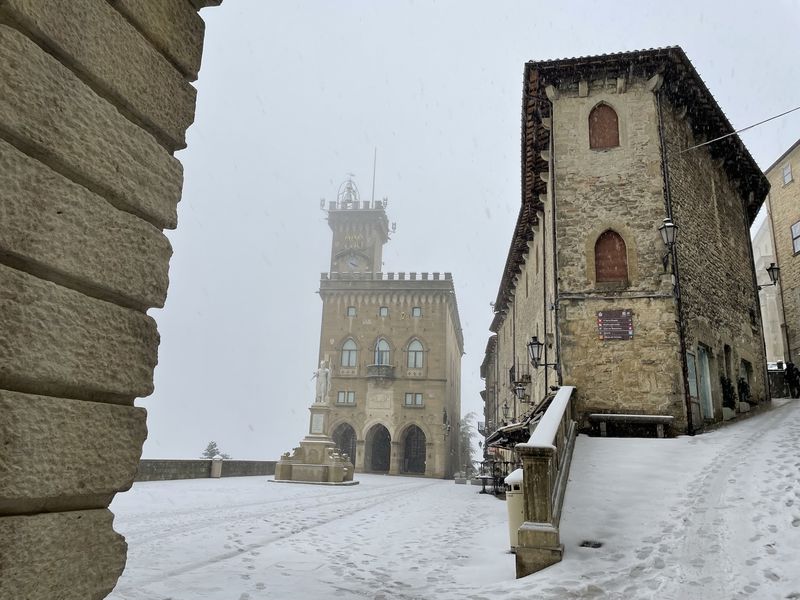
Basilica di San Marino
The Basilica of San Marino (Basilica di San Marino) is the pride of the state. It is a neoclassical royal church, which was built at the beginning of the 19th century (1836) on the foundations of a Romanesque temple of the fourth century. It is, of course, dedicated to San Marino, the founder and patron of the city, whose relics are kept inside! It is located in Domus Plebis Square (Piazzale Domus Plebis) at the north-eastern end of the city, next to the Church of Saint Peter and will impress you not only with its external appearance, but also with its atmospheric interior. This is built in the neoclassical style, with a front of eight Corinthian columns, decorated with beautiful statues. The most famous of these is a statue of San Marino by Tantolino. Admission is free.
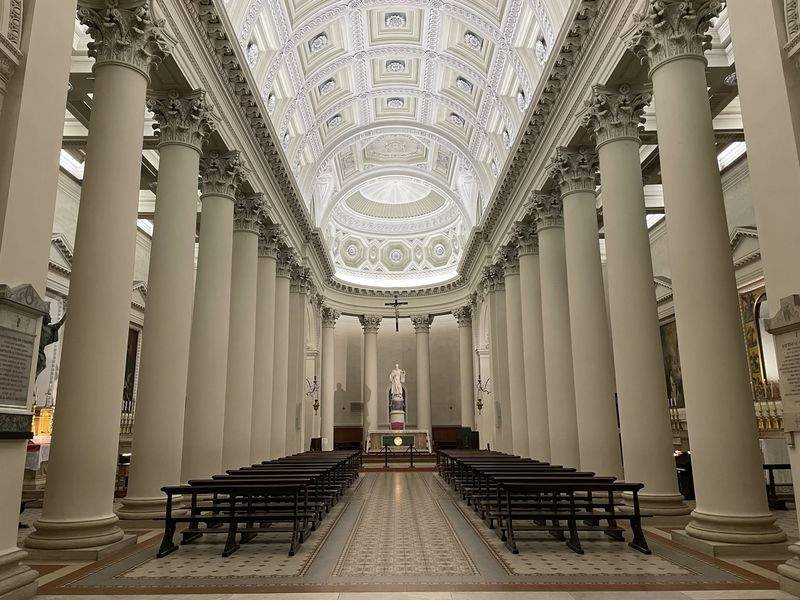
Piazza Giuseppe Garibaldi
One of the busiest places in San Marino is the Square Giuseppe Garibaldi (Piazza Giuseppe Garibaldi). Put out of your mind any image you have of a square, since this one differs greatly. It is essentially an intersection of two cobbled streets, in the middle of which dominates the bust of the Italian hero, created in 1882 by the artist Stefano Galetti. Behind this monument is the 19th century Hotel Titano, the terrace of which offers views of the square of the same name. Furthermore, the west side of the square is characterized by elegant arcades, under which there are a number of souvenir shops and the Numismatic Philatelic Office, which sells collectible coins, stamps and telekards. Finally, there is the Tourism Office of San Marino, where you can stamp your passport with 5e, as a form of souvenir.

Prima Torre - La Rocca – Guaita
The symbol of San Marino is the three-cornered Titan Hill with its three fortresses, each with a tower representing its three peaks. All towers offer magnificent views of the Apennine Mountains, the coastal plain, Rimini and the sea to the Dalmatian coast. These are connected by a paved path, where in the spring and summer months, you will find various shops selling snacks, drinks and souvenirs. The first of the three towers is called Guaita and is the oldest of the three. It was constructed in the 11th century, and for a short time served as a prison. It is, in my opinion, the most impressive tower of San Marino, which you can even visit. The ticket costs 6e and includes admission to the Palazzo Pubblico.
Seconda Torre - De la Fratta - Cesta
The second tower is called Cesta and is the tallest of the three. It was built in the 13th century, while both it and the other two towers are represented on the national flag and the coat of arms of the state. In normal conditions, inside the second tower there is a museum of ancient weapons, which was opened in 1956, but at this time, it is under maintenance and cannot be visited! When operating there is a single visit ticket for the first two towers which costs 10e.

Terza Torre – Montale
The third tower is called Montale and is located on the lowest of the peaks of Mount Titano. It was constructed in the 14th century and unlike the other two towers constructed on the mountain, Montale is not open to the public. San Marino also has a local dessert called La torta di Trei Monti (cake of the Three Mountains/Towers), and is a characteristic feature of the region, with its content being a chocolate-coated waffle base.
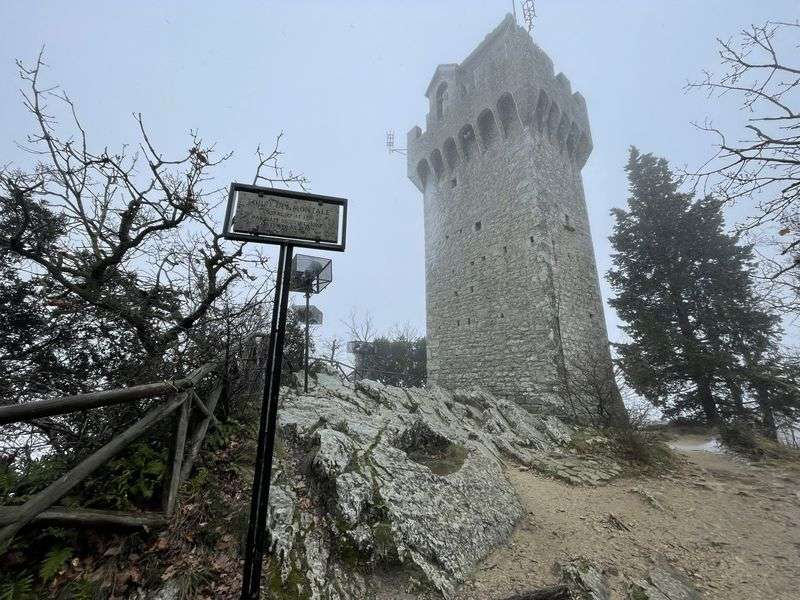
The museums
Despite its size, San Marino has some remarkable museums worth visiting. The first of these is the State Museum (Museo di Stato di San Marino), which is housed in the historic Palazzo Pergami Belluzzi. The museum preserves archaeological finds from the Neolithic era to the early Middle Ages (the famous bronze votive statues "Tanaccia" and the gold boss "Tesoro di Domagnano"), paintings and sculptures by Guercino, paintings of the 17th century and ancient coins of San Marino (1865-1938), as well as finds from ancient Egypt, the Etruscans and the Romans. Admission costs 8e.
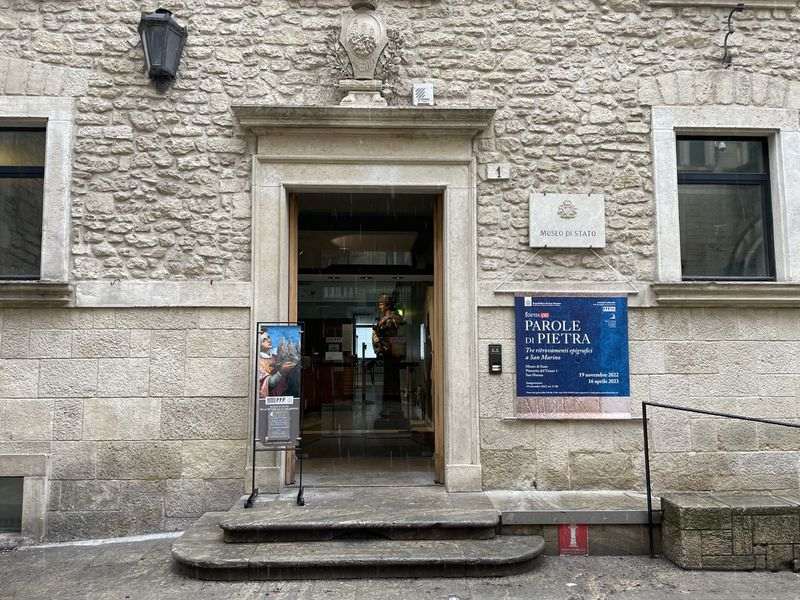
Finally, very special are the Wax Museum (Museo delle Cere), with 100 wax figures of historical figures and the Museum of Curiosity (Museo delle Curiosità), where various strange objects are exhibited. More specifically, there you will find, among other things, towering shoes for the floods of Venice, the longest fingernails in the world, mousetraps from the 1700s, clocks that emit a different smell every hour of the day and documents from the tallest and shortest people born on the planet! Entrance to the first costs 6e, while to the second 8e.
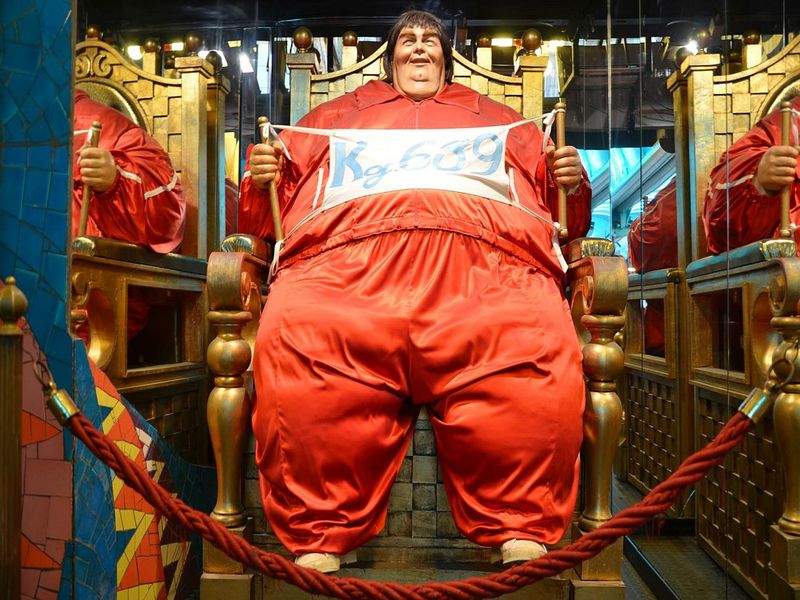
How to go
In San Marino, of course, there is no airport, so you will have to travel first to a neighboring big city in Italy and from there you will end up in the state of San Marino. The cheapest and fastest option is to first fly to Bologna via Ryanair for €60 round trip, from there go to the city of Rimini by train and ultimately take the bus (BonelliBus & Benedettini) to San Marino for €6.
Where to stay
Due to the size of the state, the accommodation options are not countless. The whole magic of this place is concentrated within its old town, so I would suggest choosing a hotel or room within it. So my suggestion is Hotel Titano, which is located in the heart of the historic center of San Marino and has rooms overlooking Tuscany, the Adriatic Sea and the Apennines.
How to move
San Marino is an enclosed micro-state, in whose old town cars are not allowed. The truth is that they are not needed at all, since the distances are very short and you can get around everything on foot. Nevertheless, San Marino is not only the old town, since thousands of people live in its suburbs. There are buses that cover the specific part, while there is moreover a cable car that goes up to the walls of the old city. Finally, regarding taxis you can find them either on the street or call them by phone, but they are relatively expensive and rarely used.
What to eat
Although San Marino is related to Italy, it doesn't mean it doesn't have its own cuisine. Of course, here you will find delicious pasta and classic pizzas, but I would suggest you try something beyond them. The most famous dish of the country and region of Emilia Romana is piantina. It is a pie made with white flour, lard or olive oil, salt and water and filled with various kinds of meat and dairy. Also, other notable savory dishes are beans with bacon (fagioli con le cotiche), a soup with chickpeas and noodles (pasta e ceci), a plate of baked pasta with smoked ham, beef, cheese and tomato sauce (nidi di rondine) and roast rabbit with fennel. An excellent choice to taste the local flavors is the Ristorante-Bar Spingarda.
Useful information

In San Marino we travel with a passport or a new type of Police ID, where the details are indicated in Latin characters.
In San Marino, the language used is, of course, Italian, but most people know English and even those who do not know it are willing to help with gestures.
The currency of the country is the euro.
San Marino is an hour behind Greece (GMT +2).
The Greek Embassy in Rome serves San Marino and is located at Viale Gioacchino Rossini Street, 4 and its phone is +39 06 853 7551.
San Marino is a mountainous destination, with winter conditions usually unfavorable. Since what is mainly worth in old city and the superb view from above, I would suggest visiting it in summer or spring.
Recommended excursions → Rimini, Pezaro, Ancona, Florence, Perugia
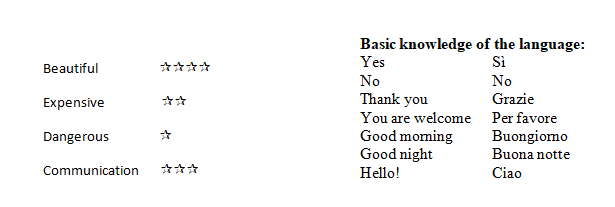
If this article seemed interesting or contributed to your quality information, then you can like my facebook page: o_thessalonikios or follow me on instagram!
Mouzakidis Pantelis








